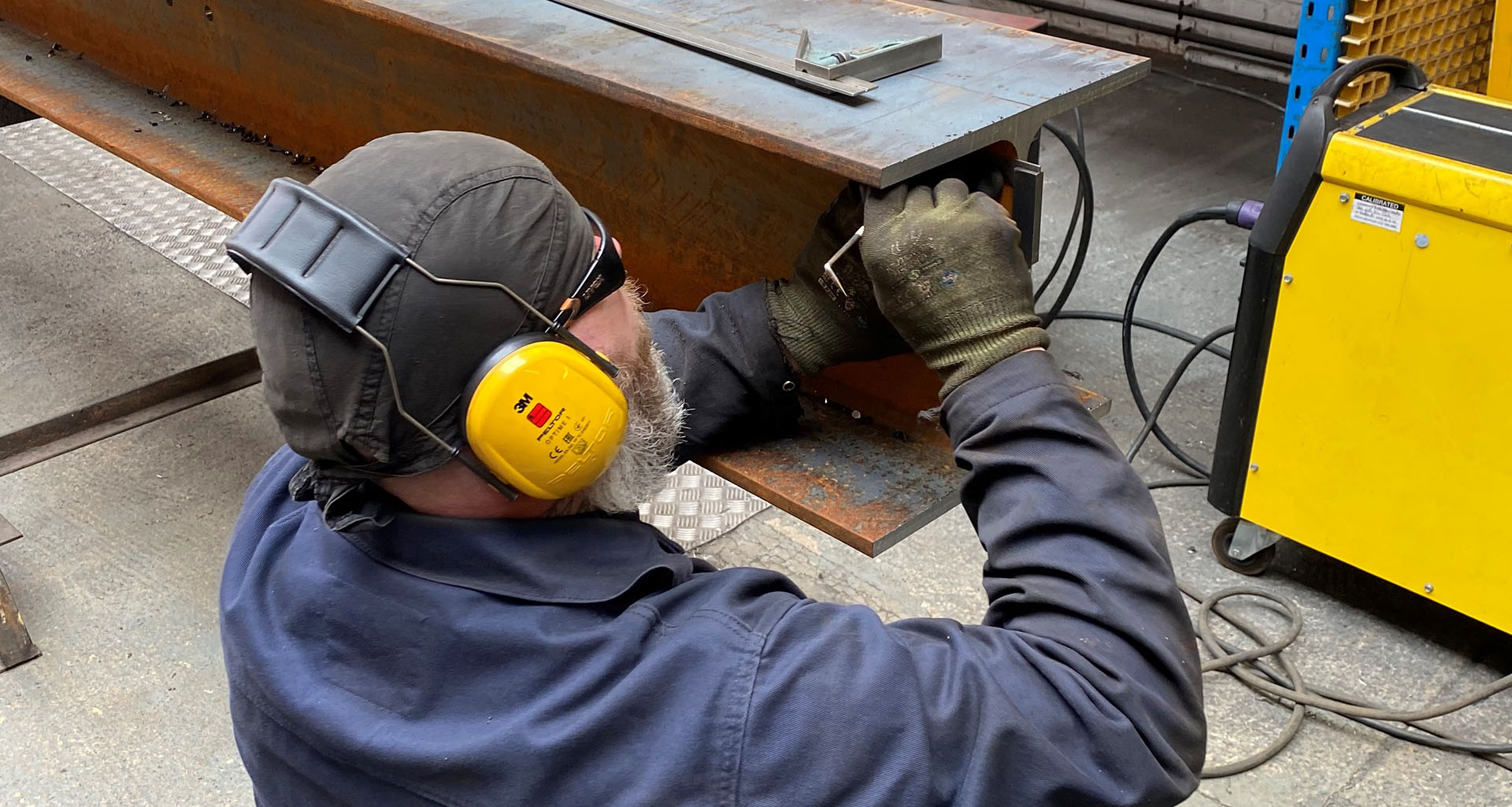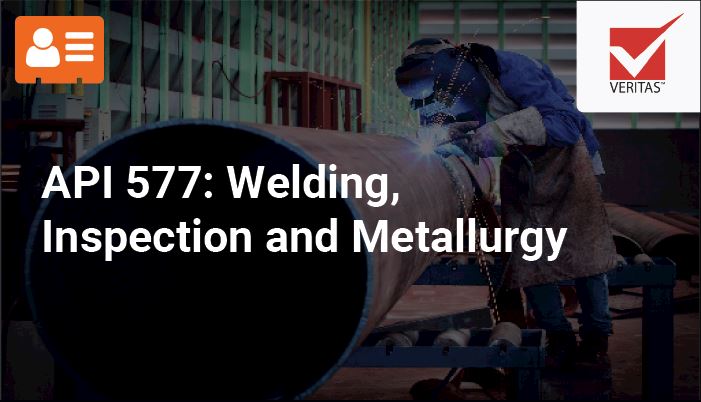Finding the Right Provider for Welding Inspection Madison: Trick Considerations
Wiki Article
The Significance of Thorough Welding Inspection in Industrial Applications
In the realm of industrial applications, the significance of meticulous welding assessment can not be overstated. It plays a necessary function in making sure the architectural stability and long life of bonded parts. Advanced non-destructive screening strategies enable the very early detection of possible issues, such as splits and insufficient blend, which, if left untreated, could result in disastrous failures. Adherence to strict sector criteria not just assures top quality but additionally builds client self-confidence. As we discover the diverse advantages of persistent welding assessments, one must think about the more comprehensive implications on safety, integrity, and cost-effectiveness in commercial operations.Enhancing Structural Integrity
When it comes to welding examination in commercial applications, enhancing structural honesty is extremely important. The key goal of welding inspection is to make sure that the welds are capable of birthing the anticipated anxieties and lots they will run into in solution.The importance of preserving architectural integrity in bonded structures can not be overemphasized. Badly performed welds can bring about disastrous failures, leading to costly repair work, downtime, and even endangerment of human lives. Inspectors play a vital role in the lifecycle of commercial components, giving guarantee that the welding process supplies the desired strength and longevity.
Moreover, progressed technologies, such as phased array ultrasonic screening and digital radiography, offer enhanced capabilities in identifying prospective weaknesses, enabling restorative procedures prior to concerns escalate. By prioritizing the integrity of welds via careful assessment, markets can guarantee operational effectiveness and expand the long life of their infrastructure.
Determining Welding Flaws
Recognizing welding defects is a crucial element of making sure the safety and integrity of welded structures. These problems can compromise the integrity of the whole assembly and, if left unaddressed, might bring about disastrous failings. Usual welding problems include porosity, splits, incomplete fusion, and undercutting. Each of these problems develops from specific causes, such as inappropriate welding methods, contamination, or poor warmth control.
Knowledgeable examiners utilize both visual assessment and progressed non-destructive testing (NDT) methods, such as radiographic or ultrasonic screening, to detect these issues. The prompt identification and rectification of welding problems are essential to preserve the architectural integrity and durability of industrial components.
Making Sure Conformity Criteria
Maintaining the honesty of bonded structures expands past recognizing problems; it needs adherence to rigid conformity requirements. Compliance with well established requirements, such as those given by the American Welding Society (AWS) and the International Company for Standardization (ISO), makes certain that welds meet minimal security and quality requirements. These standards encompass a large range of requirements, consisting of material specifications, welding procedures, and qualification of welders. Adherence to these criteria is important to avoid architectural failings, which can lead to catastrophic consequences in commercial applications.
Regular audits and evaluations are essential in confirming conformity. Examiners need to have a thorough understanding of the relevant criteria and be experienced at using different non-destructive testing (NDT) methods to evaluate weld high quality. By making sure that welding techniques align with compliance requirements, companies reduce the danger of non-conformity, which can cause legal responsibilities and safety threats.
Moreover, preserving compliance not just safeguards structural honesty but also boosts a company's track record in the sector. Clients and stakeholders are most likely to depend on companies that consistently show a dedication to high quality and safety and security via extensive conformity. Hence, making sure compliance requirements is an important part in the effective implementation of welding in industrial applications.
Reducing Upkeep Prices

The application of innovative non-destructive browse around this site testing (NDT) methods, including ultrasonic, radiographic, and magnetic particle inspections, improves the capability to identify subsurface flaws without endangering the structural honesty of components. By using these methods, markets can substantially expand the life span of their devices, reducing downtime and the connected financial problem of upkeep tasks.
Additionally, a robust welding inspection regimen sustains the optimization of upkeep routines, shifting from reactive to predictive maintenance methods. This aggressive method not just cuts unforeseen failures but also improves source allocation, guaranteeing that maintenance efforts are concentrated and effective. Ultimately, the financial investment in extensive welding assessment is balanced out by the considerable cost savings understood via lowered maintenance demands, adding favorably to the overall operational efficiency of commercial business.
Improving Safety Steps
Although safety and security is a vital concern in commercial procedures, accomplishing ideal security requirements calls for a specialized concentrate on the top quality and dependability of welded frameworks. Welding assessment plays a vital duty in this context, as it makes sure that all connections and joints fulfill stringent safety criteria. Comprehensive examinations aid determine issues such as splits, porosity, or incomplete fusion that can jeopardize architectural honesty. Such issues, if left unaddressed, present considerable risks, possibly causing tragic failures.To boost security actions, embracing advanced non-destructive screening (NDT) methods is important. Methods like ultrasonic testing, radiographic testing, and magnetic bit inspection allow for thorough evaluation without harming the structure. These technologies enable inspectors to find hidden imperfections early in the building and construction process, assisting in prompt learn the facts here now rehabilitative actions. Executing a robust high quality control system that consists of regular training for welders and examiners ensures adherence to established safety and security standards.
Lastly, promoting a culture of safety and security within the organization stresses the significance of thorough welding evaluations. Encouraging open interaction and cooperation among designers, welders, and examiners adds to a shared commitment to safety and security quality. Welding Inspection Madison. In doing so, sectors can safeguard their operations, secure employees, and maintain public depend on

Verdict
Detailed welding examination is vital in industrial applications, dramatically boosting structural stability and reliability. Eventually, the persistent execution of welding evaluations plays a vital role in preserving functional effectiveness and security in commercial settings.As we discover the complex benefits of attentive welding inspections, one should take into consideration the more comprehensive ramifications on security, integrity, and cost-effectiveness in industrial procedures.
The main objective of welding examination is to guarantee that the welds are capable of birthing the expected stress and anxieties and tons they will run into in service. Reliable welding inspection plays an important role in decreasing these expenses by ensuring the integrity and long life of welds, consequently mitigating the danger of premature internet failings.Detailed welding inspection is vital in industrial applications, significantly boosting structural stability and reliability. Eventually, the persistent execution of welding assessments plays a crucial function in keeping functional performance and safety and security in commercial setups.
Report this wiki page